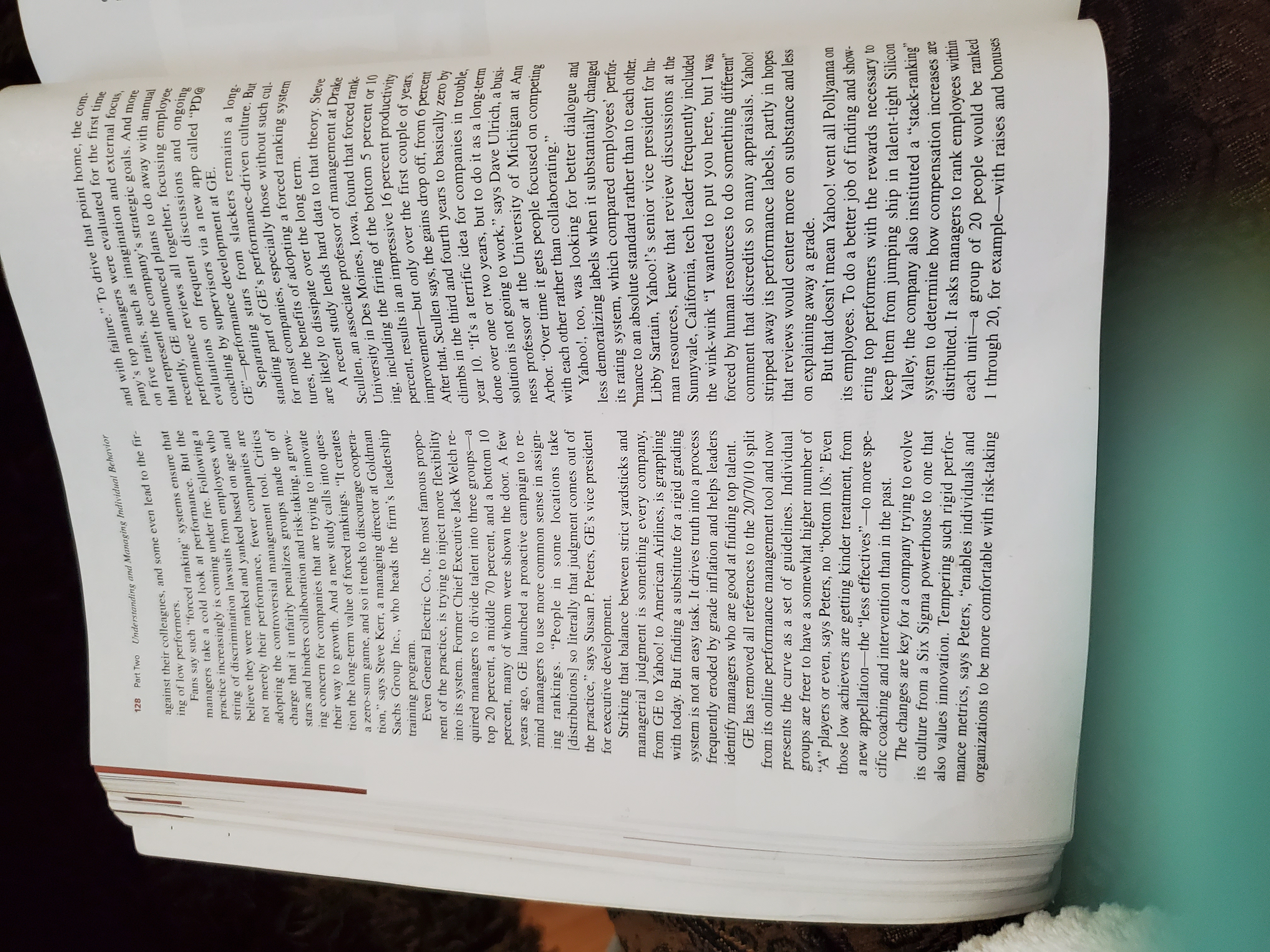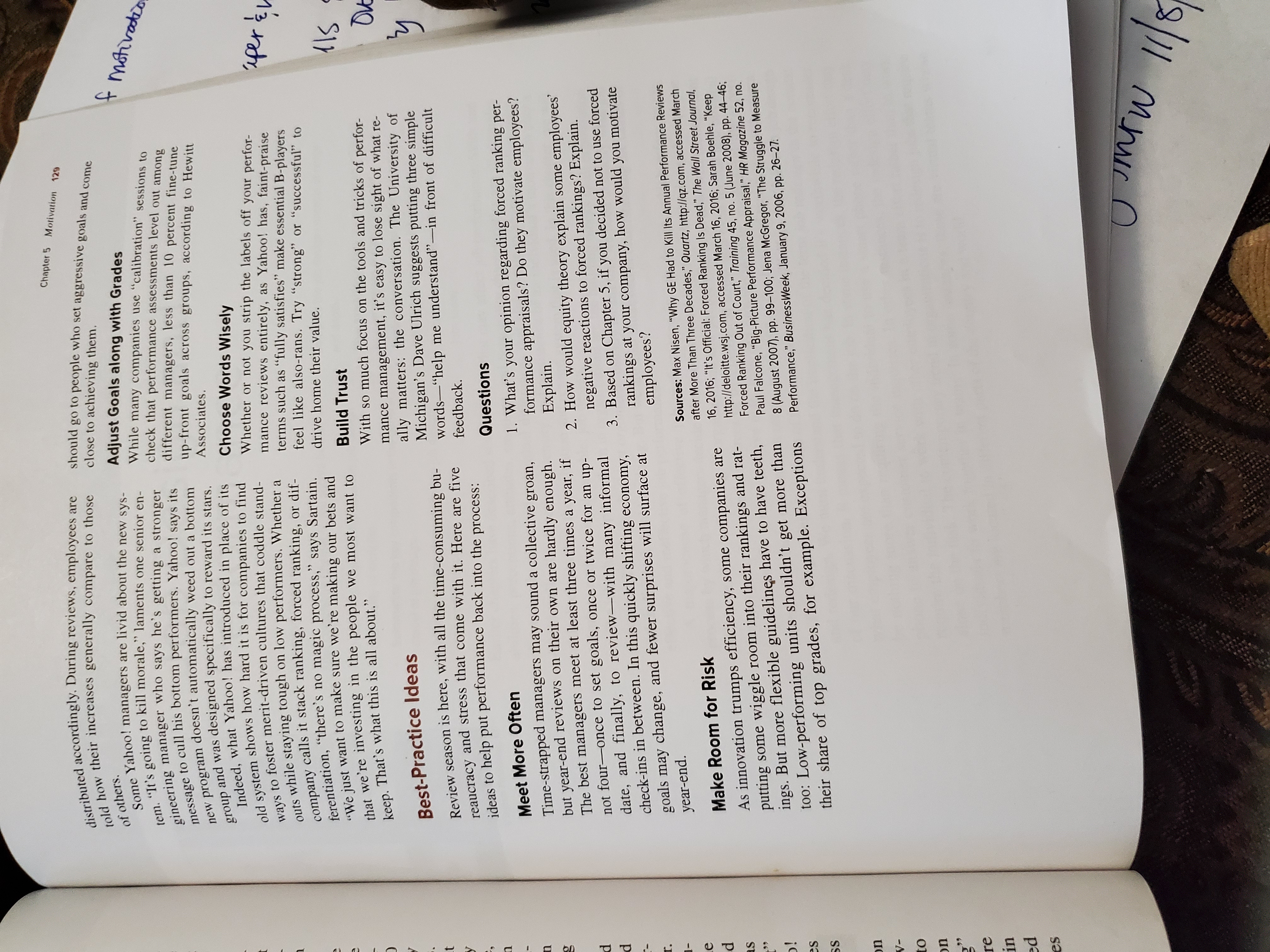Answered step by step
Verified Expert Solution
Question
1 Approved Answer
Read Case Study 5.1 and answer the following three questions: Cite and support two reasons from the case study which have led to the shift
Read Case Study 5.1 and answer the following three questions:
- Cite and support two reasons from the case study which have led to the shift from evaluating performance.
- What are two significant reasons for forced ranking?
- What are the data that support the shift?
Case study Reading is coming from book Organizational Behavior & Management by. Robert Konopaske, John M. Ivancevich, & Michael T. Matteson Case study 5:1 pg. 127-129



Step by Step Solution
There are 3 Steps involved in it
Step: 1

Get Instant Access to Expert-Tailored Solutions
See step-by-step solutions with expert insights and AI powered tools for academic success
Step: 2

Step: 3

Ace Your Homework with AI
Get the answers you need in no time with our AI-driven, step-by-step assistance
Get Started


